
The pirate algorithm of Google
Also, another thing that reduced the satisfaction of the Google search engine with the website was viewing a website with duplicate content and so-called copied content, which is contrary to copyright law. For this purpose, the Google search engine introduced the pirate algorithm.
Copyright law
The law is known as the Digital Millennium Copyright Act or DMCA. This law was approved and registered in 1988 by the then president of the United States, and then a unit in Google called DMCA started working in 2012 to deal with the printing law.
Copyright law protection
Every content producer can publish their written content under their name and upload it to the website. Still, before introducing and starting to work with the pirate algorithm, the results of websites that sell and primarily provide software. The specialization they paid was different, resulting from the activity of profit-seeking people who provided software at a meager price or for free. Of course, they were in the first results of Google and above the main website of the software provider.
The number of complaints from website owners to Google had increased so that Google could not check the websites quickly and immediately. Still, the websites’ ranking results changed after the pirates’ activity.
An important factor in checking the contents of websites by the pirate algorithm is the content’s publication time. The method of checking Google’s pirate algorithm is that it recognizes the website that published an article earlier as the owner and creator of the content and displays the position of that website higher in its results.
SEO has always emphasized exclusive content production. When you present your unique and special product or service and produce content based on it, you will get a good position based on the pirate algorithm, which can increase Google traffic.
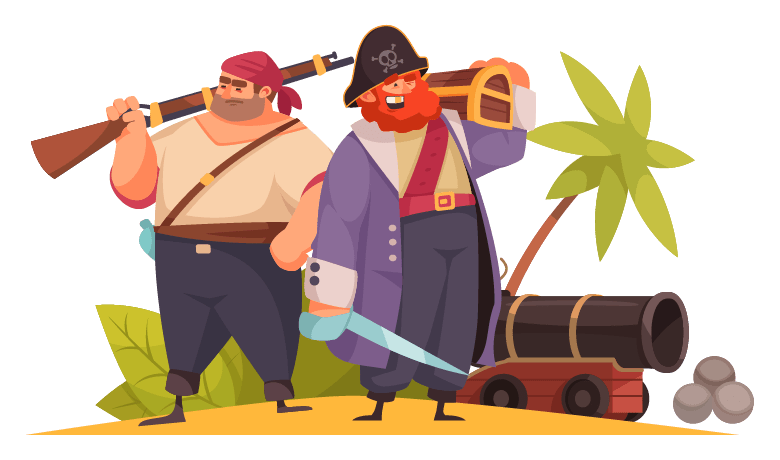
Reporting copied content to Google’s DMCA unit
- If you see content from your website on another website, enter this address, which is the counter of the DMCA service.
- Choose your country after entering your information.
- Enter your report based on the description of text copied from your website.
- Next, enter the URLs of the copied pages.
- Specify which websites are copying your content.
By reviewing the report sent and checking the pages of the wrong website, Google company will remove the URL address of the page that has copied content, reducing the website’s rank.
Google’s pirate algorithm, when did it enter the company?
The number of copies of content by users and website managers without referring to the website and source has increased in recent years as if the copyright law had expired and large businesses were to blame. They knew that Google was not dealing with this problem.
“Emanuel Update” was the initial name of the algorithm. But one of the influential Bollywood archivists, Ari Emanuel, addressed Google and named the pirate. Then Google called this algorithm a pirate.
2012 marks the official launch of the Pirate algorithm, and 2014 marks its implementation of an updated version.
The main task of this algorithm is to identify and deal with websites that publish duplicate content. This algorithm does not focus only on textual content. Instead, it examines image and video content and even products. Based on the previous articles related to the Panda algorithm, the Panda algorithm also focuses on content. But the pirate algorithm carefully examines non-commercial websites such as system software.

How does the pirate algorithm work?
The pirate algorithm does not penalize the website immediately upon seeing duplicate content. Instead, in the beginning, the first website that produced and published the content checked the time of publication and rated the main website, which appears in the first search results. Then it lowers the rank of the offending website. A pirate algorithm’s performance and review are directly related to the following:
- Validity and number of incoming links to the website
- History of the website
- Time to publish content on the website
Panda algorithm vs. pirate algorithm
Content with a unique and somewhat specialized scientific title may be difficult to find for those who have limited knowledge of the subject. So, it is necessary to be a little more technical and continue the article by comparing the performance of two algorithms, Panda and Pirate:
Panda and Pirate algorithms identify duplicate content, so why are the two algorithms designed and implemented?
Websites that engage in unscrupulous copying have several behavior models on the Internet. Including:
- Copying the whole text and content of the website from another source.
- Copycat websites copy content from many sources.
- Copies of websites that have only some parts of their website copy.
- A website that only copied a few sentences.
The difference between the panda and pirate algorithm is apparent here. The pirate algorithm detects the first three cases, and the panda algorithm detects the fourth case, which only copied a few sentences from another source.
Both algorithms aim for the user to receive sound, new and practical content and stay on the website that has brought her benefit and value.
Stay safe from the pirate algorithm with the following methods.
Some time ago, Google announced news under the content title is king. But in the new report of Google, a phrase was seen in the announcement: Content GOD.
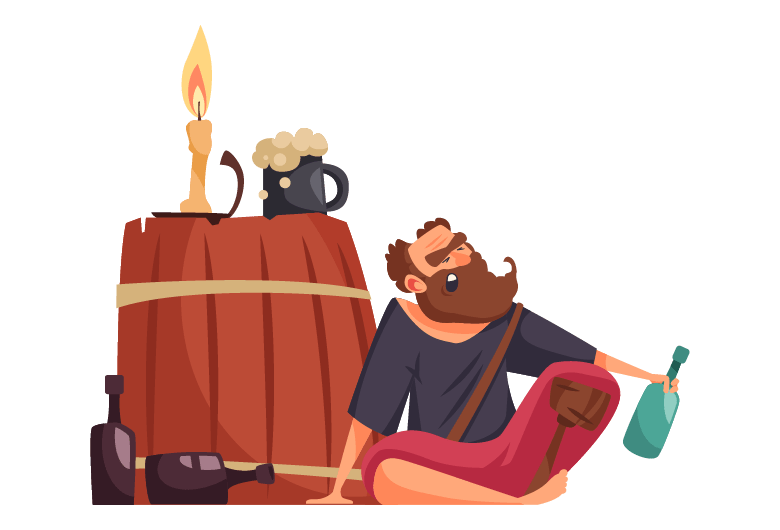
Be a content creator.
Suppose you are familiar with the algorithms of the Google search engine. In that case, you have noticed that the main focus of the algorithms is on the website’s content, and the use of any duplicate content will result in a penalty or at least a drop in the website’s ranking. To fix and prevent this from happening, be the creator of your website’s content and produce new and attractive content. If you don’t have enough ability and creativity, leave this work to the company and the people who make the content.
At least link and mention the source and reference of the content.
It is inevitable that sometimes due to updates and new news we come across on other websites and sources, we must use videos, images, or sentences from other websites and sources. The reason for using it and my personal experience was to use and express the words of someone or another website only to emphasize the content’s importance and validity and gain more user confidence in the website’s content. Suppose you use phrases and images from other sources. In that case, the best way to avoid Google’s search engine algorithms is to mention a valid and documented source and reference so as not to be added to websites that will soon face fines or a drop in ranking.
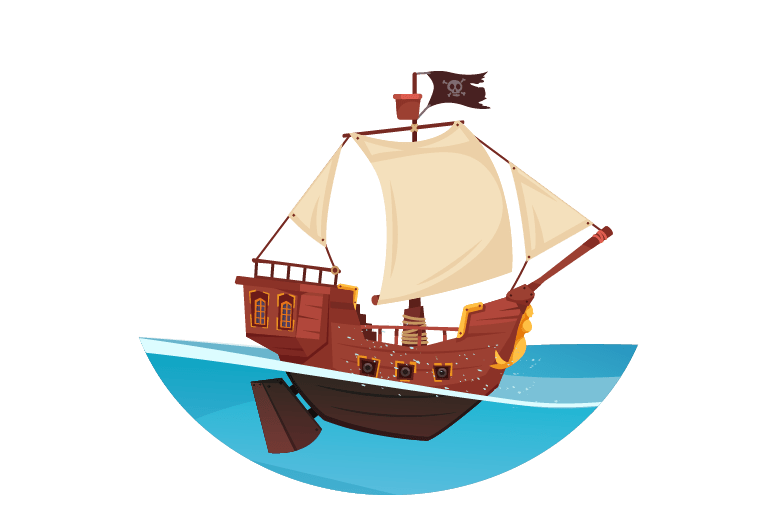
Introducing and registering new content using the Google Console search tool
This method is essential because pages with new content are indexed faster, and the Googlebot checks the new page’s content. To do this, do the following:
- Enter the search console website.
- Click on the URL Inspection option and enter the page URL with the new content.
- Click on the Request Indexing option to confirm the indexing of the un-indexed content.
Increasing keyword traffic entails conducting comprehensive keyword research, selecting high-potential and relevant terms, and seamlessly integrating them into website content to enhance search engine visibility and attract more visitors.


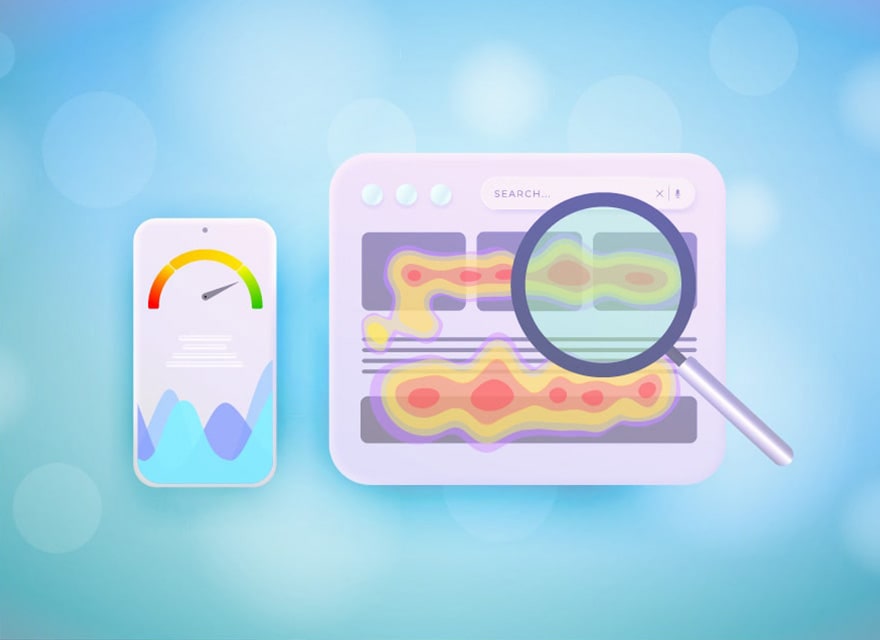
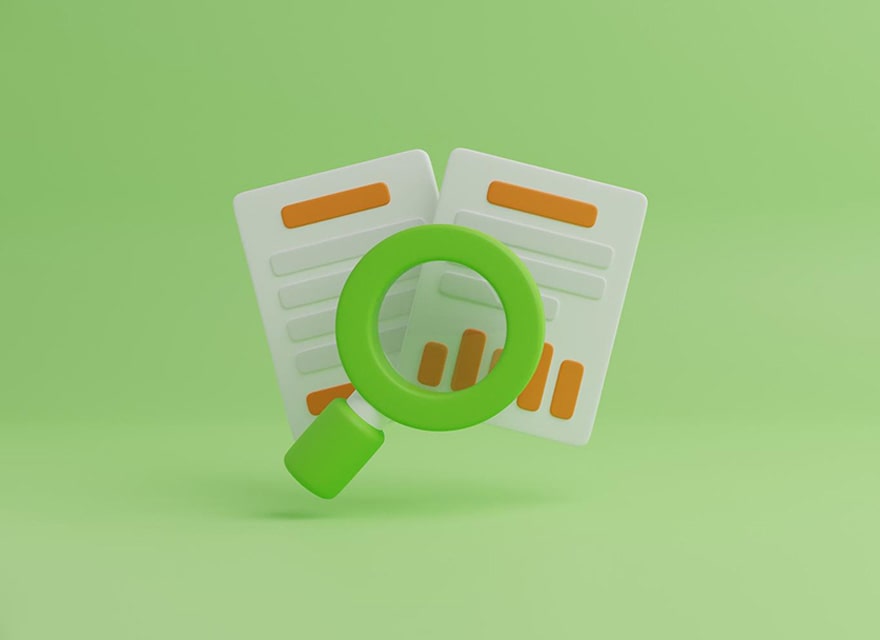
Lasted Comments (0)